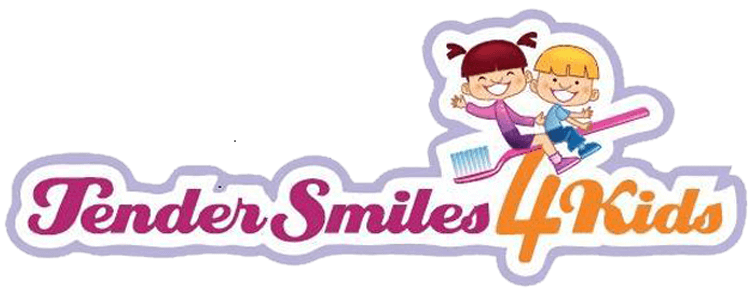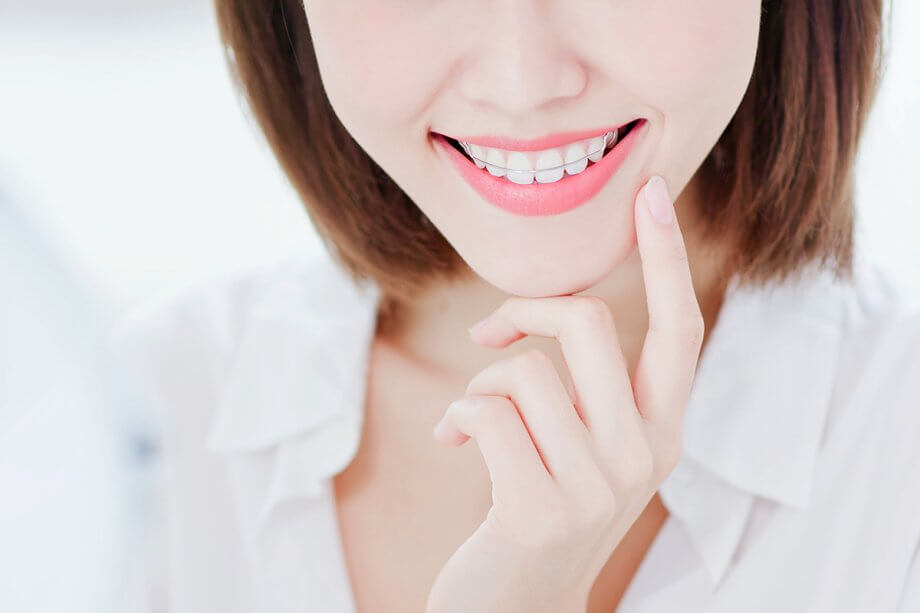After completing braces treatment, retainer use is a must to ensure the teeth remain in their new positions. Without proper retainer use, teeth frequently drift back to their original positions, causing a loss of your investment in time and money.
This blog will explain the different types of retainers your orthodontist may prescribe, describe how these appliances work, and provide crucial tips for success.
Types of Retainers
Hawley Retainers
A Hawley retainer consists of a molded resin plate covering the palate and wires. It is repairable and adjustable.
Clear Plastic Retainers
Clear plastic retainers come in different material types. Wearing them is as simple as wearing clear orthodontic aligners.
Fixed Retainers
Fixed retainers are typically made of metal and cemented to the teeth. They are much less likely to be lost than a removable retainer, but they are more challenging to keep clean.
How Retainers Work
After your braces come off, your teeth may begin to drift out of position because the bones, muscles, and gums have not adjusted to their new arrangement. A retainer keeps the teeth in place, allowing the support structures to strengthen. After your teeth settle in position, you may be able to switch to wearing the retainer only at night.
Tips for Retainer Success
- Wear your retainer precisely as prescribed. Most patients must wear their retainers during the day for several months and can then move to nighttime wear. You may need to wear your retainer at night indefinitely to keep your teeth in position. Wearing your retainer is the only way to keep your teeth in position.
- Keep your retainer clean to avoid plaque buildup, bad breath, and raising your chance of tooth decay. Clean your retainer according to your orthodontist’s directions.
- Keep removable retainers away from heat to avoid warping the plastic or resin components.
- If you lose or break your retainer, inform your orthodontist immediately. Going without your retainer can cause the teeth to shift. Keep your retainer in its case to avoid breakage and loss.
Frequently Asked Questions About Retainers
What type of retainer is best?
Each type has unique characteristics, and retainers are not one size fits all. Your orthodontist will choose the retainer that best fits your habits, oral health, and tooth alignment.
Are retainers uncomfortable?
At first, your retainer may feel uncomfortable. However, your gums and cheeks will adjust over time, allowing you to wear the appliance with ease.
Contact Tender Smiles 4 Kids
Wearing a retainer is a simple step toward maintaining a beautiful smile. Committing to proper retainer use is an investment in your beautiful smile and your oral health.
If you have any questions about retainer wear, please contact one of our Central Jersey offices. We would be glad to connect you with the information you need to protect your new smile.

